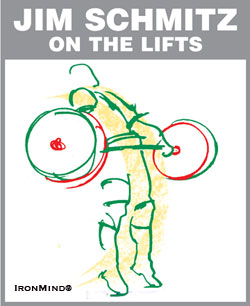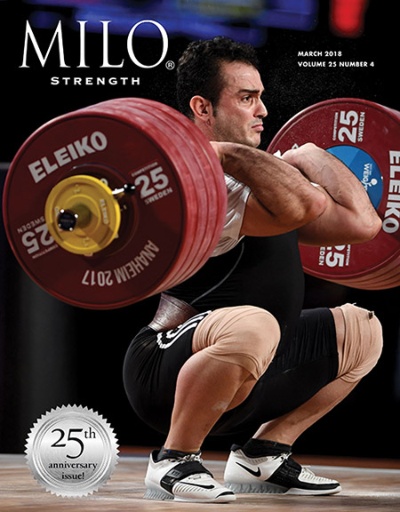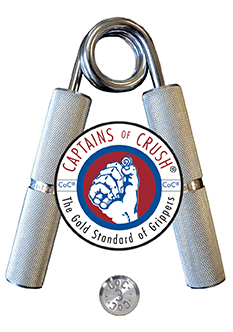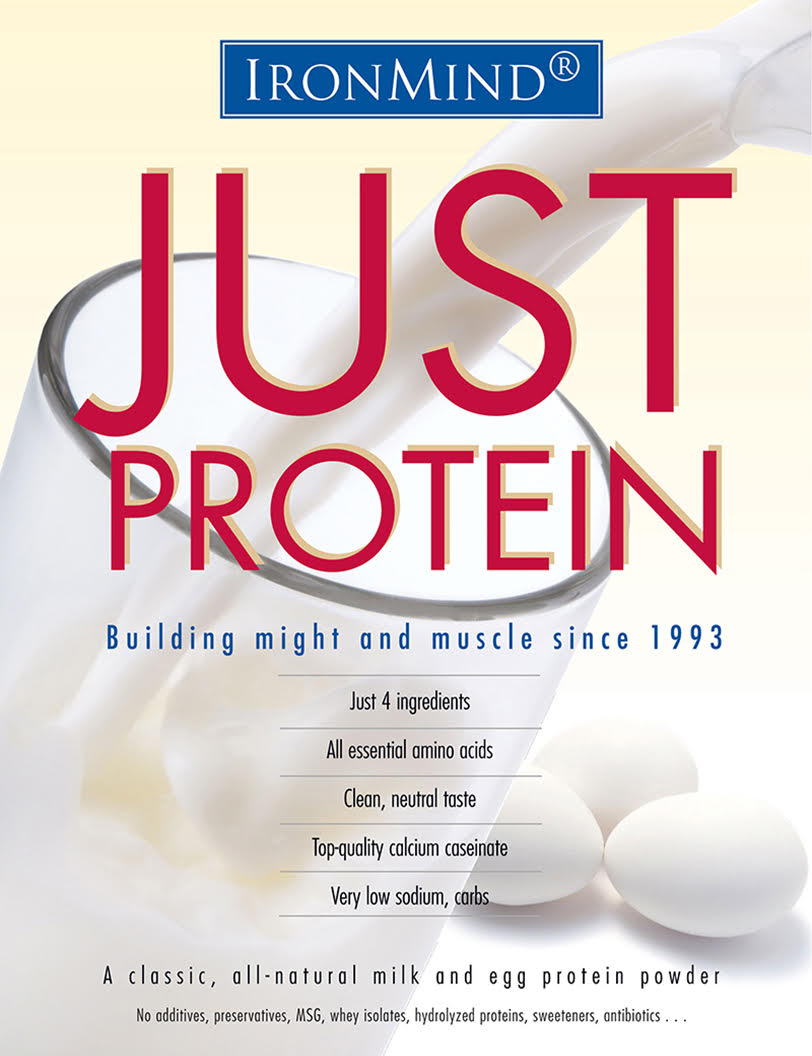
U.S. Olympic Weightlifting Team Coach 1980, 1988 & 1992 Author of Olympic-style Weightlifting for Beginner & Intermediate Weightlifters Manual and DVD
Four years ago, I wrote an article for MILO, “Can’t Squat? Try the Split Snatch and Split Clean for Fun and Big Rewards” (June 2008, Vol. 16, No. 1). I want to update my personal experience coaching the split snatch and split clean since then.
The split snatch and split clean are performed by pulling the bar just as you would for a power or squat lift, but instead you split one leg forward about one foot, and the other leg backward about two feet. You then recover to the standing position. The key points of the split lifts are extremely fast feet and arms as you go from the top pull to the split receiving position.
Why do the split lifts? As I learned seven years ago while teaching USA Weightlifting Level 1 Coach Certification courses, there are a lot of people who just aren’t able to squat snatch or squat clean. The main reason is lack of shoulder, hip, knee, and ankle flexibility. Another big reason is height—if one is over 6’ 3” (1.9 m), he usually just doesn’t have good body proportions for doing the squat lifts. The third reason is that it is a preferred technique of master lifters. Maybe this is why some people just don’t want to do the split lifts as they are considered old-fashioned or old-man lifting. However, for any or all of those reasons you should consider doing the split technique.
My personal experience is that I was a split lifter from 1960 until 1965 when I finally learned how to squat snatch and squat clean. I was a squat lifter from 1966 until 2010. My knees and shoulders just don’t like the full squat lifts anymore—I can do them, but it takes too many days and too much ibuprofen to recover. Now I’m splitting again, and not lifting as much as I did squatting, but my knees and shoulders feel so much better. The splits just don’t put the same amount of stress on the joints.
The split technique is very athletic and really should be a part of all strength and conditioning programs. When I teach the USAW course, I have everyone learn the split technique after they have learned the power and squat techniques, as the courses are made up of strength coaches, personal trainers, CrossFitters, and weightlifting coaches. For most, it’s a brand new lift they really like and enjoy, and they realize its value for sports performance training.
Since I wrote that article four years ago, I have been doing a little research comparing the power snatch and power clean to the split snatch and split clean. The power technique, by the way, is where you receive the bar with the hips in a quarter-squat position, maybe a little lower but definitely above parallel. I have been keeping track of whether you can lift more in the power technique or the split technique. I have found that you can definitely split lift about 5% more than you can in the power technique.
Another big plus with the split technique is you are combining lunges with the lift. You lifters and coaches who like to do lunges, here you go, two exercises in one.
I recommend that you split with both legs alternately when split lifting, because you want to develop your body equally and evenly. If you are a competitive weightlifter, it’s a good idea to use both legs when warming up, but when you get to 80% or so, then you want to go with your most natural and comfortable leg forward and backward.
Here’s an example of a split clean and jerk program for someone who does 100 kg. With 60 kg, you do one power clean and push press, then a split clean with your unnatural leg going forward, and then a power jerk. Then do a split clean with your natural leg out front, and then do a split jerk. Do that for 3 sets, then go to 75 kg and split with your unnatural leg forward and power jerk, then split with your natural leg forward and split jerk. Now go to 85 kg and do the same as you did with 75 kg. Now go to 92 kg and just do one rep with your natural leg forward in the clean and jerk; next do the same with 97 and then 100 kg. It would be the same for the snatch using 80 kg as a max: start with 40 kg, do a power snatch, then a split with unnatural leg, then again with natural leg. Then go to 50 and do a split with each leg, unnatural leg first, and then do the same with 60 and then 67 kg. At 72, you just do a single with your natural leg out front, and then do the same with 77, and 80 kg.
When doing the split lifts for the first time, I recommend you do them from the hang position with the barbell at your thighs, then work down to your knees, then shins, and then finally the platform. And, of course, start with a PVC pipe or empty bar, and remember, “fast feet and fast hands.”
Don’t be a “squat snob”—if you are a competitive lifter, strongman, or highlander, incorporate split lifts into your training from time to time for speed, fitness, balance and athleticism. If you are a strength coach, split lifts have tremendous carryover to running, jumping, and throwing. If you are a personal trainer, split lifts are a great addition to your training tools. And finally, after all the power and squat technique workouts, the split technique is a great diversion, and is actually a lot of fun

















